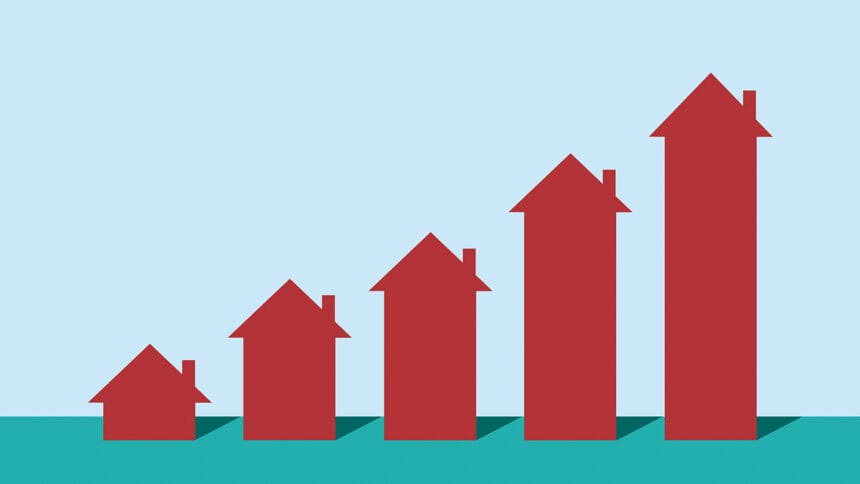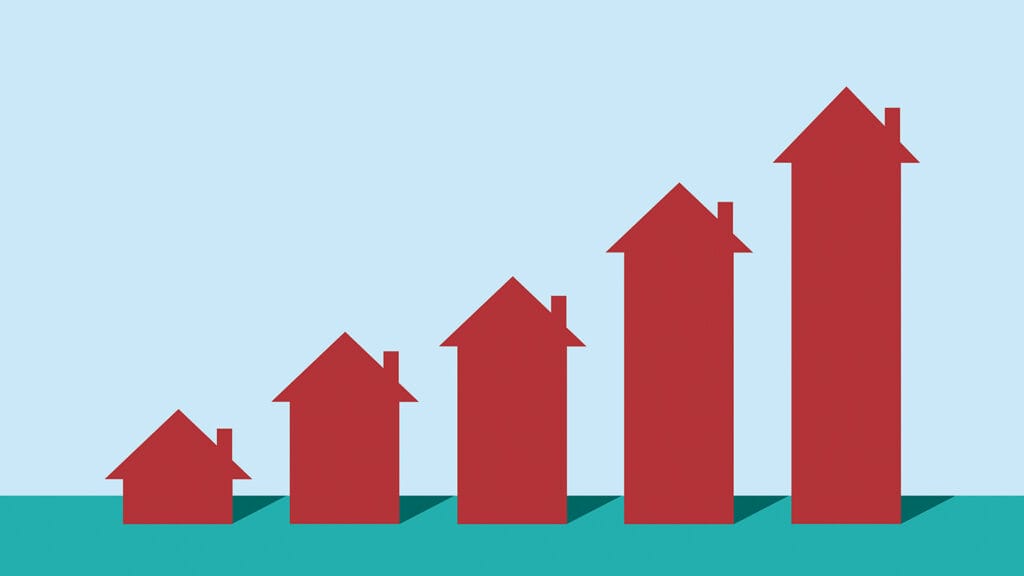

Senior living occupancy is on its way to 10 consecutive quarters of positive growth, according to NIC MAP Vision’s November intra-quarterly snapshot report.
The positive growth trend in senior living — independent living and assisted living combined — marks the longest period of uninterrupted gains since the National Investment Center for Seniors Housing & Care and NIC MAP Vision began reporting data in 2005, Omar Zahraoui, principal at NIC, wrote in a blog.
Intra-quarterly NIC MAP data showed the senior living occupancy rate for the 31 primary markets followed by the organization increased to 86.1% in November, up 0.1 percentage points from October and 0.6 percentage points from September. That rate also is up 5.9 percentage points from a June 2021 pandemic record low of 80.2%, but it remained 3.2 percent points below a 89.3% pre-pandemic occupancy level.
Assisted living occupancy in the primary markets was up 0.1 percentage points from 84.8% from October and 0.7 percentage points from September, but it still was 2.5 percentage points below the March 2020 level.
Assisted living occupancy levels increased or remained stable in 26 of the 31 primary markets in November. Seattle assisted living occupancy increased 1 percentage point from October to 84.2% — the largest increase — whereas Chicago had the largest decline, falling 1.3 percentage points from October occupancy levels to 82.4%.
Portland, OR (90.6%), and Tampa, FL (90%), reported the highest assisted living occupancy rates among the primary markets.
At 87.4%, independent living occupancy increased by 0.2 percentage points from October and 0.5 percentage points from September, but remained 3.7 percentage points below March 2020 levels.
Occupancy remained stable for independent living in 24 of the 31 primary markets in November. At 88.7%, Portland saw the largest independent living occupancy increases, up 0.9 percentage points from October. Cincinnati independent living occupancy fell by 1.2 percent points in November, 86.6%, marking the largest decline from October levels.
Boston, Baltimore, Minneapolis, Pittsburgh, San Jose, CA, and Washington, DC, reported independent living occupancy rates at or exceeding 90% in November.
Inventory growth remains modest
Compared with pre-pandemic times, the year-over-year inventory growth remained relatively modest, with independent living rates hovering between 1% and 1.7% since October 2021 (since June 2022 for assisted living). Zahraoui attributed the slow inventory growth to fewer construction starts and extended project delivery timelines in recent years.
Independent living inventory in the NIC MAP primary markets increased by 1.4% in November, whereas assisted living inventory increased by 1.7% compared with November 2022.


